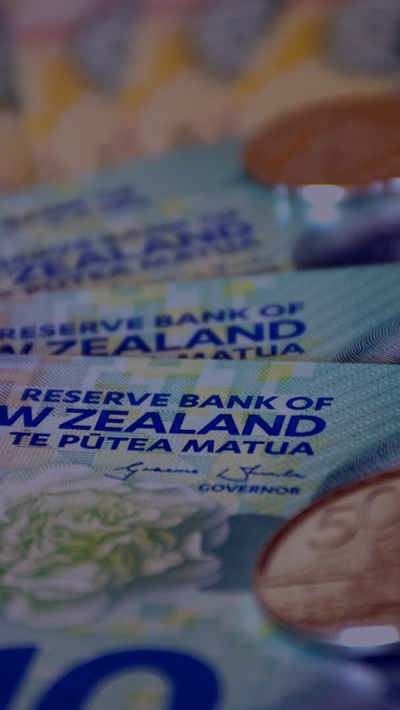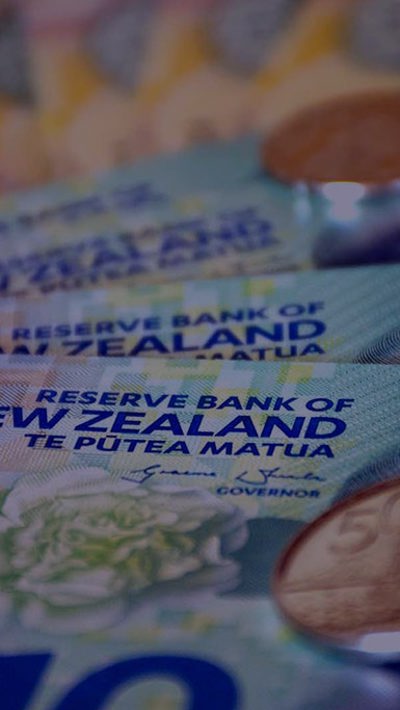Speak to our experts
Contents
The Reserve Bank is consulting on how to manage the risks of opening the Exchange Settlement Account System (ESAS) to a broader range of financial institutions as the sector becomes more diverse and competitive.
Balances held in ESAS accounts are central bank money and access to ESAS allows real-time gross settlement of payments between ESAS account holders.
Direct access is closely guarded for security and financial stability reasons. But wider access may facilitate growth in the number of services that non-bank deposit takers provide, and potentially pave the way for future specialised entrants, such as ‘narrow banks’.
The consultation closes on 27 July 2023.
The proposed risk assessment framework, once finalised, will be an important component in how the Reserve Bank assesses potential applicants for an ESAS account under revised ESAS access policy and criteria, to be consulted on separately later this year.
The context
The review coincides with a number of initiatives that may help facilitate a broader set of banking and finance providers in New Zealand. These include the move to a single regulatory regime for banks and non-bank deposit takers under the just passed Deposit Takers Act and the advent of open banking signalled by the recent release of the draft Customer and Product Data Bill and the API Centre’s Minimum Open Banking Implementation Plan, published in May.
Open banking is expected to encourage innovation and to create a market for new fintech services.
Systemic importance of ESAS
ESAS is New Zealand’s central bank system for processing and settling payments between banks and other financial institutions. It is regulated as a designated settlement system under Part 5C of the Banking (Prudential Supervision) Act 1989 and will come within the regime created by the Financial Markets Infrastructure Act 2021 (FMI Act) when that Act comes fully into force in 2024.
Under the FMI Act, ESAS will be required to meet a series of minimum standards set by the Reserve Bank (and consulted on in 2022) which are largely based on the International Organisation of Securities Commission (IOSCO) Principles for Financial Markets Infrastructures (PFMIs).
The Reserve Bank notes that ESAS’ purpose is to support the soundness of the New Zealand financial system, and the implementation of monetary policy, by providing for irrevocable, risk-fee settlement in central bank money and ESAS’ objectives are to ensure the system operates with a high level of integrity and reliability, and contributes to efficiencies in payment systems by being open to innovation and supporting competition without creating undue risks.
Benefits and risks of opening access
The benefits identified by the Reserve Bank from opening up access to ESAS include:
- Creating efficiencies for firms that rely on arrangements with banks having an ESAS account;
- Supporting greater competition and innovation; and
- Increasing the resilience of ESAS by reducing concentration risk.
However, these benefits need to be balanced against the financial, legal and operational risks to which other accountholders, and the integrity of the system itself, would be exposed.
The Reserve Bank notes that advances in technology have enabled faster payments and new and innovative payment services but also recognises that, as the payments ecosystem evolves, so do the risks.
As operator of ESAS, the Reserve Bank mitigates risk through vetting prospective participants, who must meet stringent (although yet to be fully detailed) criteria and have a legitimate business interest to support their application for an ESAS account, and through its ongoing monitoring of the system. It can also rely on the risk-mitigation practices implemented by upstream FMIs, such as the High Value Clearing System (HVCS) and Settlement Before Interchange (SBI) operated by Payments NZ.
The proposed risk assessment framework is intended to supplement these mitigants by providing a fair and transparent way to assess an ESAS applicant’s risk profile and consider relevant international standards, balancing the need to maintain system stability and resilient performance with the evolving needs of market participants wishing to access ESAS.
Risk assessment framework
The proposed framework maps the PFMI principles relevant to considering access, then sets out the key elements of a standard risk-assessment process to evaluate both the likelihood and the impact of the financial, legal and operational risks associated with the activities of prospective and current participants in relation to ESAS.
In assessing an applicant’s likelihood of crystallising a particular risk category and its impacts, the regulatory regimes applying to the applicant and any other relevant controls are taken into account to arrive at a risk likelihood rating of ‘rare’ to ‘almost certain’ and a risk impact rating from ‘insignificant’ to ‘extreme’.
These results are mapped on to a residual reputational risk matrix in order to determine whether the participant or applicant falls within the residual risk rating of ‘low’ (acceptable), ‘medium’ (potentially acceptable, where concerns may be allayed through additional control measures), ‘high’ or ‘critical’ (both not acceptable).
The paper sets out by way of illustrative example (rather than being pre-determinative of the outcome for any particular applicant) how the risk assessment framework would be applied and what the residual risk residual risk rating for different groups of applicants would be.
|
Entity type |
Residual risk rating |
Likely outcome |
|
Non-bank service providers1 |
High |
Assessed as unsuitable for direct access |
|
Non-bank deposit takers |
Medium |
May be accepted if adopt additional risk mitigation measures |
|
Cash management service providers2 |
Low |
Access likely |
|
Registered banks |
Low |
Access likely |
1. Act as intermediaries for merchants and payment networks such as credit card companies and banks, but do not hold banking licences themselves.
2. Supply cash to banks, ATMs and retailers.
What next?
The timeline isn’t set in stone but expectations are that an exposure draft of the revised access policy will be put out for consultation in September-October and that the new ESAS Policy and Criteria will be published in December 2023 for implementation in January 2024.
If you would like more information or assistance with making a submission, please get in touch with one of our experts.







































































































